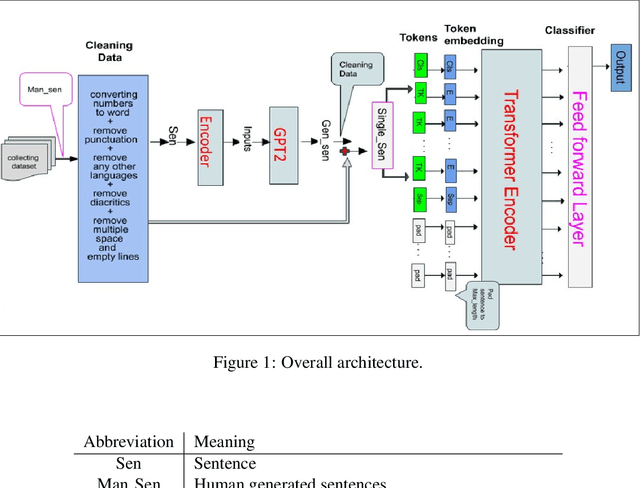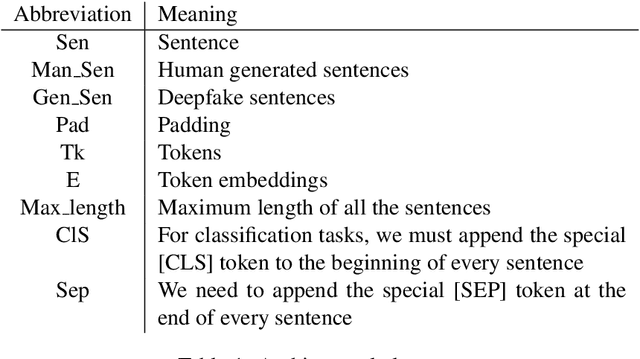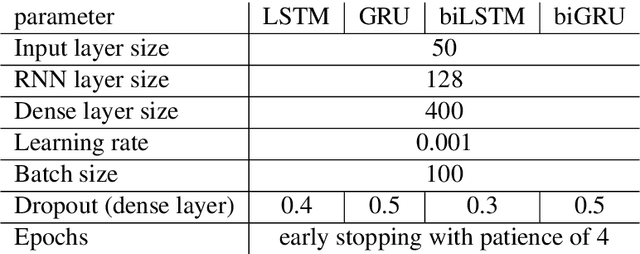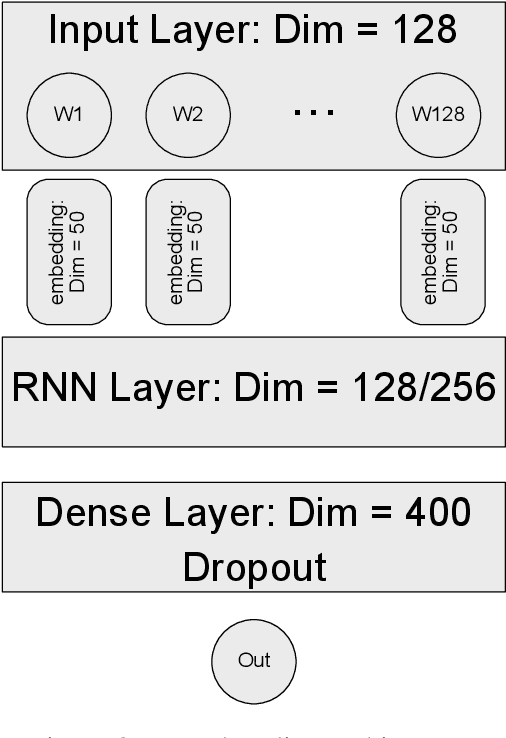Maria Debbah
BERT Transformer model for Detecting Arabic GPT2 Auto-Generated Tweets
Jan 22, 2021



Abstract:During the last two decades, we have progressively turned to the Internet and social media to find news, entertain conversations and share opinion. Recently, OpenAI has developed a ma-chine learning system called GPT-2 for Generative Pre-trained Transformer-2, which can pro-duce deepfake texts. It can generate blocks of text based on brief writing prompts that look like they were written by humans, facilitating the spread false or auto-generated text. In line with this progress, and in order to counteract potential dangers, several methods have been pro-posed for detecting text written by these language models. In this paper, we propose a transfer learning based model that will be able to detect if an Arabic sentence is written by humans or automatically generated by bots. Our dataset is based on tweets from a previous work, which we have crawled and extended using the Twitter API. We used GPT2-Small-Arabic to generate fake Arabic Sentences. For evaluation, we compared different recurrent neural network (RNN) word embeddings based baseline models, namely: LSTM, BI-LSTM, GRU and BI-GRU, with a transformer-based model. Our new transfer-learning model has obtained an accuracy up to 98%. To the best of our knowledge, this work is the first study where ARABERT and GPT2 were combined to detect and classify the Arabic auto-generated texts.
 Add to Chrome
Add to Chrome Add to Firefox
Add to Firefox Add to Edge
Add to Edge